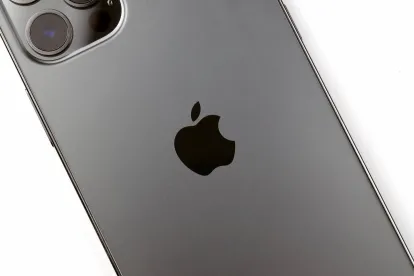Apple Inc. v. Zipit Wireless, Inc. (IPR2021-01124, -01125, -01126, -01129)
Director Kathi Vidal has issued a new precedential decision sua sponte that impacts the standard for abandonment of contest in inter partes reviews (IPRs). The decision comes after the Patent Trial and Appeal Board (Board) issued four adverse judgments against patent owner Zipit Wireless, Inc. (Zipit). In June 2021, Apple Inc. filed six petitions for IPRs and these six cases were all assigned to the same panel of APJs. The Board instituted IPRs in all six cases and, in response, Zipit filed Patent Owner Responses to two of the IPRs but chose not to file responses in the remaining four IPRs.
The Board subsequently held a hearing on September 21, 2022, during which Zipit was asked whether it was “not contesting if a final written decision or adverse judgment was entered with respect to those IPRs” (referring to the four IPRs not formally opposed with a Patent Owner Response). Zipit responded that it did not file any opposition to the four IPRs and would not contest a final written judgment or adverse opinion if the “Board determines they [Apple, as the petitioner] have met their burden of proof.” The Board took Zipit’s statements as an abandonment of the contested proceedings, and thereafter issued the four adverse judgments under 37 C.F.R. § 42.73(b)(4).
However, the Board’s reasoning for the adverse judgment spawned Director Vidal’s sua sponte precedential decision. The Director observed that Zipit’s non-opposition was not abandonment of the contest, but rather should be more properly interpreted as Zipit stating that it wanted the Board to weigh petitioner’s evidence and make the necessary determination under the procedural standard used in IPRs. Because the Board erroneously took Zipit’s statements as a complete abandonment, Director Vidal vacated the Board’s adverse judgments and remanded to the panel to determine whether Zipit did abandon the contest and, if not, to issue a final written decision on the merits addressing the patentability of the challenged claims.
The Director’s decision is a reminder of how carefully a patent owner may need to choose its words during an IPR, but the decision also highlights the potential gap in how the procedural burden to institute an IPR differs from the burden used to make a final determination in an IPR. Specifically, under 35 U.S.C. § 314, an IPR may not be instituted unless the petitioner establishes a reasonable likelihood that they will prevail on at least one claim. Once instituted, however, IPRs are conducted according to 35 U.S.C. § 316, which burdens the petitioner with showing unpatentability by a preponderance of evidence. Director Vidal’s decision appears to be at least a small win for patent owners because it appears to clarify that patent owners have the choice of not formally participating in an IPR (to save resources, for example), while still asking that the Board make the requisite findings of unpatentability based on the petition and accompanying evidence.
At the same time, this decision leaves open the question of whether the different standards applied for institution versus final written decisions would ever lead to the circumstance that the former burden is met but not the latter, at least in the circumstance where a patent owner chooses to not file a formal Patent Owner Response. It seems feasible that the Board could institute on claims A and B due to the strength of the petition against claim A alone, but eventually uphold claim B in a final written decision even where the patent owner does not contest the proceeding via the filing of a formal response. Future decisions from the Board in these and other similar cases should help shed further light on any practical differences between the standard for institution versus the standard for a final finding of unpatentability.




 />i
/>i
